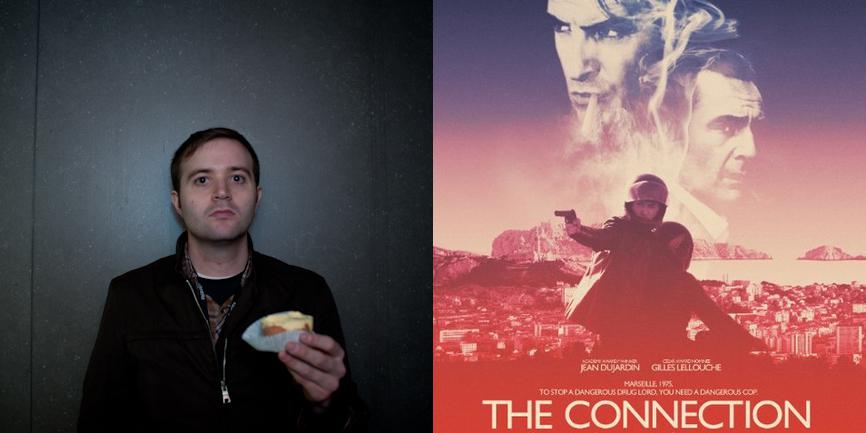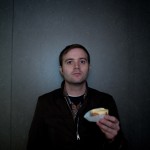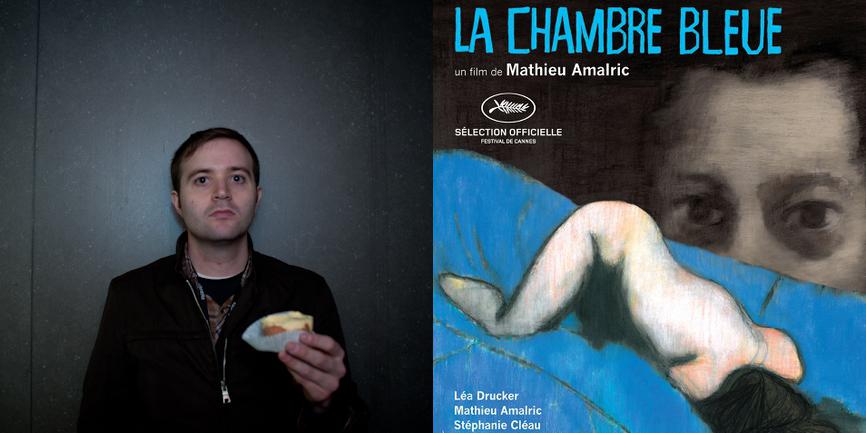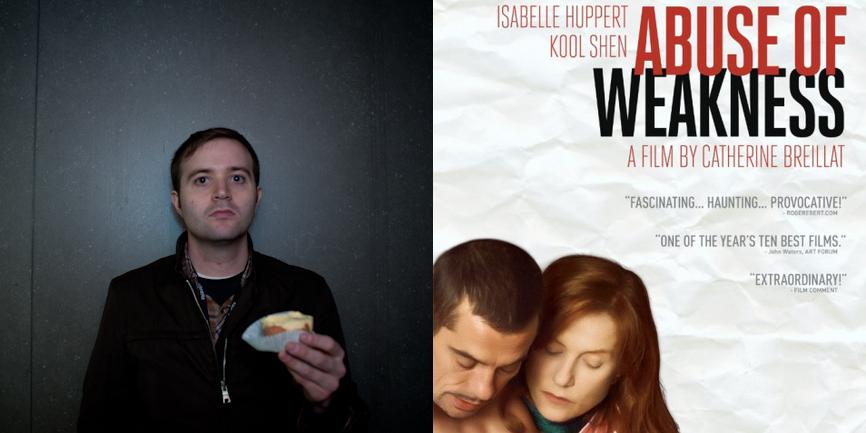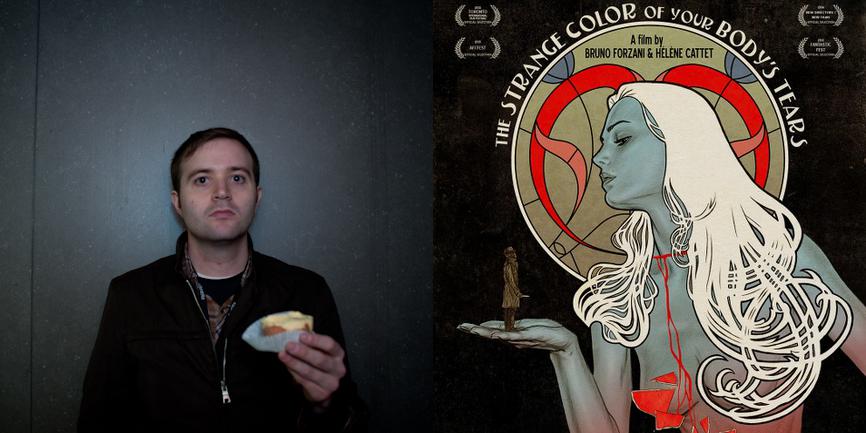About two years ago, I tried to watch a couple of the Fast & Furious movies and couldn’t get through either of them. In theory, I can understand why people like them, and based on that theory I wanted to like them, too. Clean, kinetic, over-the-top action sequences and old-fashioned schmaltz and sentiment? Sure, sign me up. But like most super-slick recent Hollywood action movies, they just left me cold. When every set-up feels like the last shot of a BMW commercial, can anything feel special? After sitting through Mad Max: Fury Road this weekend, my girlfriend commented that there was so much action that at some point it basically felt like there was no action. It’s a totally fair criticism (though not one I shared) and while experiencing Fury Road’s non-stop assault on the senses, I thought several times, “I guess I can thank the Fast & Furious franchise for this.” And I thought that in a good way, too. While George Miller has been making Mad Max movies since Vin Diesel was in short pants, it seems impossible that this very expensive reboot wasn’t greenlit in part because of the runaway success of the overpumped chase franchise.
Since I didn’t finish watching either Tokyo Drift or Fast & Furious (the third and fourth installments? I can barely figure it out…), I can’t really comment on their quality. But I can say that I don’t like living in their world. I’m not a tough guy and I never will be. So if I’m going to engage vicariously in an action movie’s tough-guy fantasy, I’d much rather it be via a bunch of miscreants in a post-apocalyptic, punk-rock, S&M hellscape and not via a bunch of muscle-heads tooling around Miami. (For all intents and purposes, all the Fast & Furious movies take place in Miami, including the one that I clearly know takes place in Japan.)
Which is all basically to say that I was in good hands when I started watching Cédric Jimenez’s The Connection. France? Sure! The 1970s? Well, alright! Heroin? Yes, please! The movies have always had a way of making the vile and deplorable use of dangerous drugs look so fucking cool, and that’s always been fine with me, since I know I’m engaging in a fantasy. Even if the movie is about junkies living in squalor, it’s always kind of a glamorous squalor, you know? And if I’m vicariously going to be a police officer for two hours, I have a strong preference that it be in another country during a cool, sexy decade that I wasn’t alive to see, so I can ditch whatever reality I’m aware of and bask in the filmmakers’ “nostalgia for an age that never existed.” (The title of a Jello Biafra song and a phrase I think about all the time.)
To be clear, The Connection is not a thrill-a-minute, edge-of-your-seat extravaganza and it isn’t trying to be. It’s a patient, evenly-paced action drama with clean, clear bursts of violence and a procedural approach to most of its plot line. It is a fantasy nevertheless, and it fetishizes its setting, violence and drug use just as much as Max and Furious fetishize their cars, though a bit less lavishly. Despite being based on true events (basically the flip-side to The French Connection), there’s very little that feels authentic in The Connection, and I felt myself constantly aware that I was watching moments borrowed from other movies, right down to a heroin montage with screen-filling close-ups of spoons and needles lifted directly from Lord Supreme ’70s-Fetishizer Quentin Tarantino. Toss in some Scorsese here and a little DePalma there. Even the music cues are all a little too on-the-nose. Every filmmaker steals from other filmmakers, but the references here are a little too expected, and the overall tone is a little too familiar. During the movie’s more than two-hour running time, I found myself mostly thinking about framing for Cinemascope, and how most movies can’t do it right. It’s always great for wide shots, but it falls apart in the coverage. It really wasn’t designed to shoot people talking in offices, and there are a lot of scenes of people talking in offices in The Connection. Which isn’t to say there aren’t plenty of expertly framed ’Scope shots in the movie, but in the context of the ones that feel like they’re in that ratio just because everything else is, and the film’s pretty straightforward approach to tone and pacing, they get a little lost.
Early on in the movie, there’s a brief sequence set at a birthday party in a nightclub. It’s maybe 30 seconds total, but it feels right and it feels special and it feels like we’re both engaging in the scene and watching Jimenez simply and beautifully craft a moment. The fetishes remain — the lurid red lights of the nightclub, the special shimmer that sparklers have on camera, the fully arranged 2.35 frame — but they’re in the service of something that feels visceral and participatory. It’s the kind of thing movies were made for, and the kind of thing The Connection is generally lacking between its precisely edited set pieces.
All film fetishizes its subject to a certain degree, but the modern action movie, more than any other genre, operates by way of fetishization. And like most non-cinematic fetishes, after you push a certain button so many times, you get used to it and have to find new ways to access that obsession, or find a new obsession altogether. According to the IMDb, Jimenez already has his next picture all set up, an English-language action drama set in the only era more fetishized than the ’70s: Third Reich Germany. Fingers crossed he doesn’t watch Inglourious Basterds between now and then, and includes at least one birthday party.



